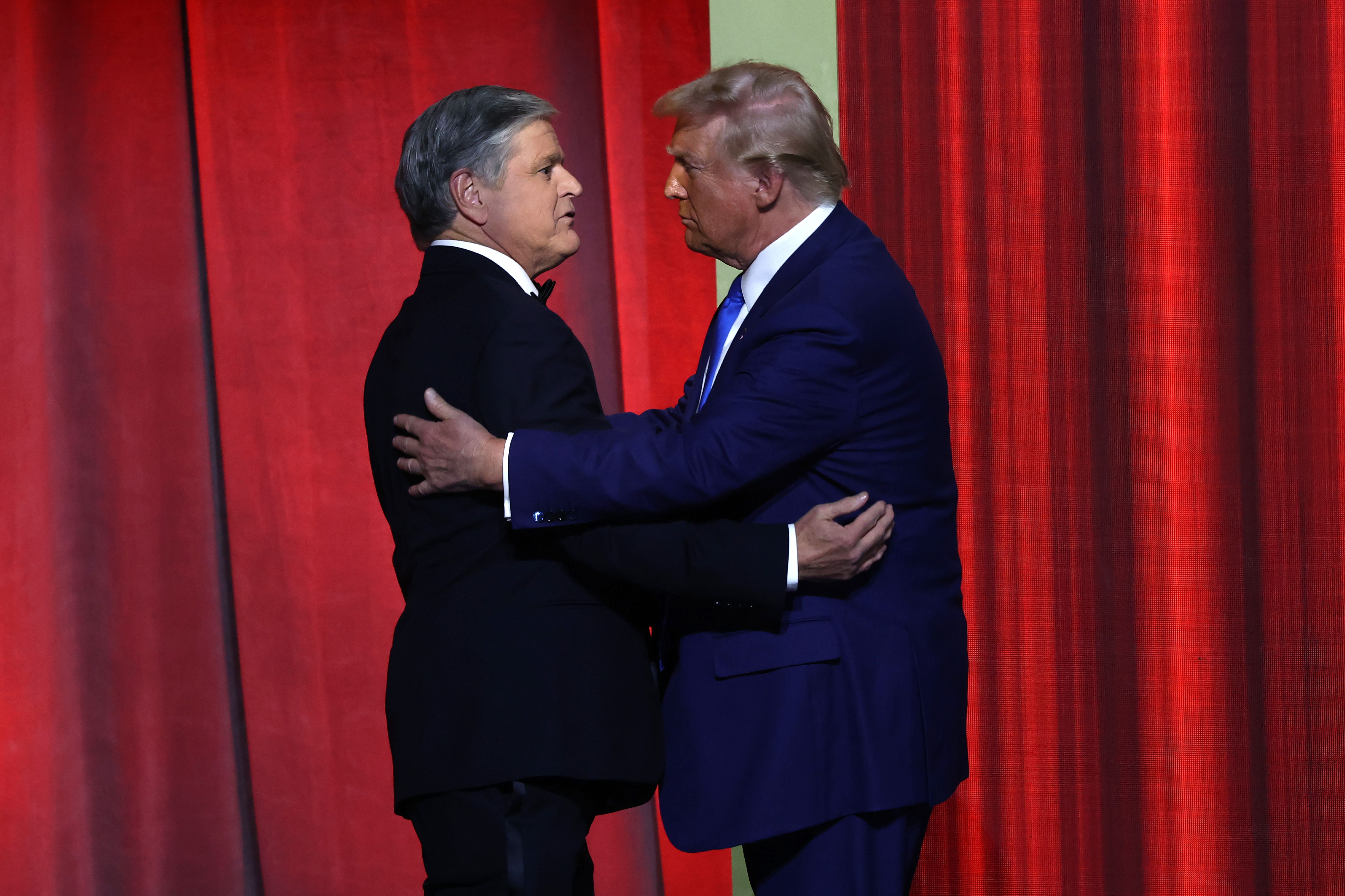Donald Trump and Sean Hannity Set Off a Wave of Disinformation After Iran Bombing
Following a recent bombing in Iran, former President Donald Trump and conservative commentator Sean Hannity have been at the center of spreading misinformation and disinformation regarding the events leading up to the attack.
Trump took to Twitter to claim that the bombing was a result of weak leadership from the current administration, despite there being no evidence to support this claim. Hannity echoed these sentiments on his popular Fox News show, further perpetuating the false narrative.
The spread of disinformation by influential figures like Trump and Hannity has sparked outrage and confusion among the public, leading to a heightened sense of fear and uncertainty.
Experts have warned that the dissemination of false information by political leaders and media personalities can have serious consequences, including inciting violence and harming diplomatic relations.
It is crucial for the public to critically assess the information they consume and seek out reliable sources for news and updates on global events.
The Iranian government has condemned the spread of disinformation by Trump and Hannity, calling for accountability and transparency in reporting on the bombing.
In response to the backlash, both Trump and Hannity have doubled down on their claims, further deepening the divide between supporters and critics.
As the situation continues to unfold, it is imperative that the media and public figures uphold journalistic integrity and prioritize factual reporting over sensationalism and political agendas.
The spread of disinformation in the wake of the Iran bombing serves as a stark reminder of the power and responsibility that comes with wielding influence in the public sphere.
Ultimately, the fallout from Trump and Hannity’s actions underscores the need for greater transparency and accountability in political discourse and media coverage.
